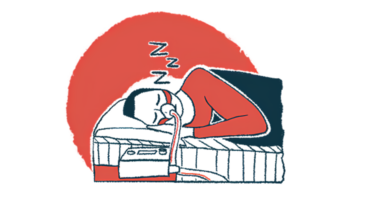No Growth Hormone Deficiency Seen in PWS Adults Who Had Treatment as Kids

A new study suggests that people with Prader-Willi syndrome (PWS) who are treated with growth hormone as children do not have growth hormone deficiency as young adults.
The study, “Prevalence of growth hormone (GH) deficiency in previously GH-treated young adults with Prader-Willi syndrome,” was published in the journal Clinical Endocrinology.
PWS and growth hormone (GH) deficiency share several features, including short stature and a tendency to store more fat. In children with PWS, GH treatment can offer some clinical benefits, improving growth and physical strength.
In most countries, children are not allowed to continue treatment with GH after they reach adult height unless they fulfill the consensus criteria for adult GH deficiency. Studies, however, have shown that stopping treatment in this way can cause fat buildup and other adverse effects.
Some studies have investigated GH deficiency in adults with PWS who had not previously been treated with growth hormone. These studies found mixed results, varying largely based on the methodologies used, and whether data took body mass index (BMI) into account.
In the new study, researchers investigated evidence of GH deficiency in young PWS adults who had been treated with GH when they were kids.
Researchers recruited 60 participants (27 male, 33 female), with a median age of 17.9 years, who had been treated with GH for at least two years as children, and had stopped treatment for at least six weeks. Blood levels of GH were measured, as well as levels of two other related hormones, called IGF-I (insulin-like growth factor) and IGFBP-3 (insulin-like growth factor-binding protein 3).
Results showed that although some of the participants’ GH levels were slightly lower than normal, none fulfilled the criteria for GH deficiency — the median GH peak of the patients was 17.8 μg/L, while the value indicating GH deficiency needs to be below 9 μg/L. This result was true whether or not BMI was taken into account.
Additionally, of the patients with the lowest GH levels, none had particularly low levels of the other tested hormones.
The researchers also noted that higher BMI and body fat percentage were associated with lower levels of GH.
“In conclusion, in a large group of previously GH-treated patients with PWS … not one patient fulfilled the criteria for adult [GH deficiency],” the researchers said.
Further research is nonetheless needed to clarify the role of GH in PWS adults, the team emphasized.






